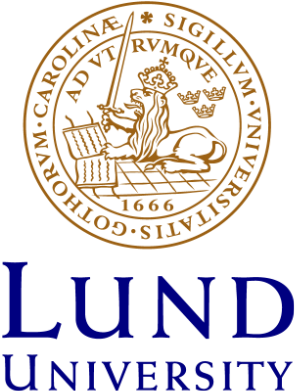A high-throughput deterministic lateral displacement device for rapid and sensitive field-diagnosis of sleeping sickness
We present a simple and rapid microfluidic device capable of extracting and concentrating the parasite causing the fatal disease sleeping sickness (SS) from blood. The device is based on deterministic lateral displacement (DLD) and constructed with a single inlet with flow induced by an ordinary syringe. The simplicity is crucial as the device is intended for use in the resource depraved areas whe
